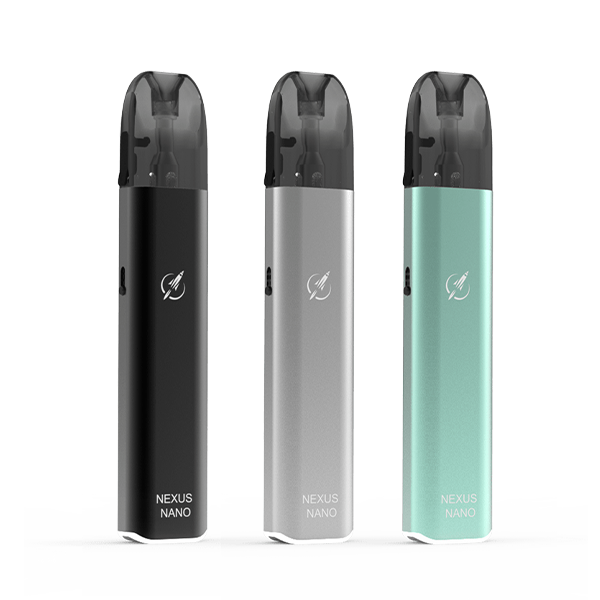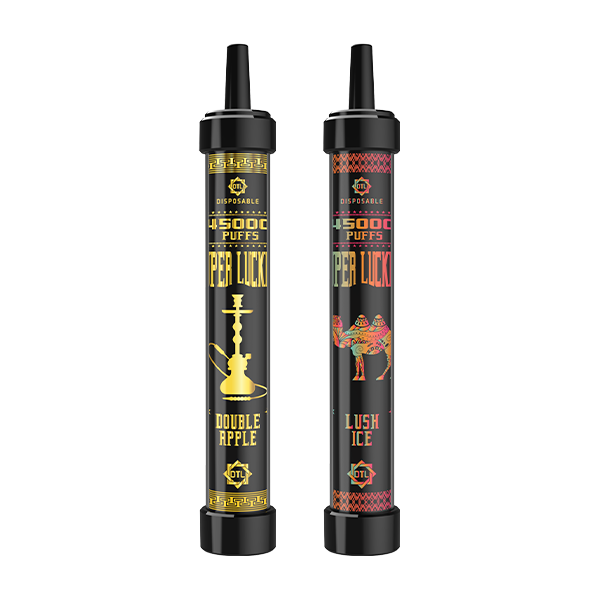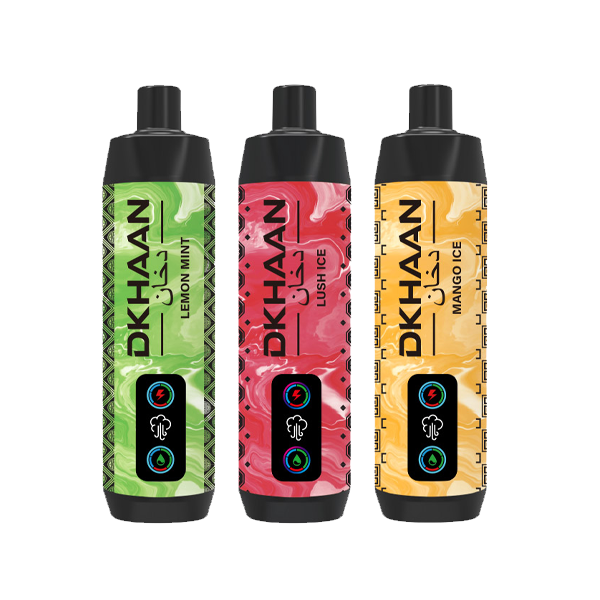Is Vaping Better Than Smoking?
The rising popularity of e-cigarettes—especially among teens and young adults—has become a significant public health concern. Although vaping is often presented as a “healthier” alternative to traditional smoking, the reality is far more complex and carries real risks.
Despite the decline in conventional cigarette use, more people are turning to electronic nicotine delivery systems. The dramatic rise in e-cigarette use among younger demographics has sparked alarm among health professionals and organizations alike.

What Are E-Cigarettes?
These battery-powered devices are available in many shapes and sizes. Some resemble traditional cigarettes, while others are designed like pens or sleek electronic gadgets. They work by heating a liquid to produce a vapor-like aerosol, which the user then inhales. But even though they don’t produce smoke, the aerosol still contains harmful substances that can negatively affect both users and bystanders.
Few Benefits, Many Health Concerns
Proponents of e-cigarettes often claim they are useful for quitting smoking. However, substantial evidence is still lacking. Research indicates that many individuals end up using both cigarettes and e-cigarettes simultaneously—commonly known as “dual use”—which may diminish any potential health benefits.
The American Heart Association (AHA) advises individuals seeking to quit smoking to rely on proven cessation methods rather than e-cigarettes.
Many perceive vaping as less dangerous than smoking. While it’s true that e-cigarette vapor contains fewer toxicants than cigarette smoke, that doesn’t mean it’s harmless. Here’s why:
-
Nicotine exposure: Most vaping products deliver nicotine—a highly addictive substance that can disrupt adolescent brain development and harm fetuses when used during pregnancy. Some devices even deliver more nicotine than traditional cigarettes.
-
Toxic ingredients: In addition to nicotine, e-cigarette vapor can contain diacetyl (a chemical linked to serious lung disease), known carcinogens, volatile organic compounds, and heavy metals such as tin, lead, and nickel. These toxins are inhaled by users and can also pose risks to those nearby through secondhand exposure.
-
Risk of poisoning: The e-liquid used in vaping devices can be dangerous even outside of inhalation. Accidental ingestion or contact with skin or eyes has led to poisonings in both children and adults.
-
Serious lung injuries: Thousands of individuals have experienced severe vaping-related lung injuries—some of which have been fatal. Although researchers are still investigating the exact causes, the CDC advises avoiding the use of e-cigarettes altogether.
Vaping Could Reverse Progress in Smoking Reduction
One of the greatest threats posed by e-cigarettes is the potential to “normalize” smoking behavior again. After decades of progress in tobacco control, the re-emergence of smoking-like behavior among young people could undermine public health efforts. It’s important to remember that smoking remains the top preventable cause of death in the United States, claiming over 480,000 lives annually.
Targeting the Youth Market
Tobacco companies continue to invest heavily in marketing—spending more than $8.2 billion in 2019 alone. That’s over $22 million per day.
In 2021, nearly three-quarters of middle and high school students encountered tobacco-related advertising. Likewise, about 74% had seen e-cigarette content on platforms like Instagram, YouTube, and TikTok.
E-cigarettes are now the most commonly used nicotine product among youth in the U.S., with more than 2.1 million teens actively using them as of the latest surveys. While there was a slight decline among high school students between 2022 and 2023, usage remains alarmingly high.
Flavors play a major role in this trend: nearly 9 in 10 teens who vape choose flavored products—one of the biggest drivers of youth experimentation and addiction.
Stronger Oversight and More Research Are Essential
The U.S. Surgeon General has labeled youth vaping a public health epidemic. The American Heart Association echoes this concern and continues to advocate for comprehensive regulatory measures, including:
-
Adding e-cigarettes to smoke-free air laws
-
Taxing and regulating them just like traditional tobacco
-
Banning all flavored nicotine products, including menthol
-
Enforcing the federal law that restricts tobacco sales to those 21 and older
The AHA also supports maintaining the FDA’s authority to regulate all tobacco products, including e-cigarettes.
Final Takeaway
E-cigarettes are not safe—particularly for young people, pregnant individuals, or anyone not already using tobacco. If you’re trying to quit smoking, explore evidence-based tools and therapies before considering e-cigarettes.
For non-smokers, vaping should be completely avoided. Though long-term health outcomes are still being studied, existing research clearly points to significant health risks. The ongoing popularity of these products among youth underscores the need for continued vigilance, education, and policy action to prevent a new generation from becoming addicted to nicotine.
References:Is Vaping Better Than Smoking?
E-Cigarettes, Vapes, and other Electronic Nicotine Delivery Systems (ENDS)

















